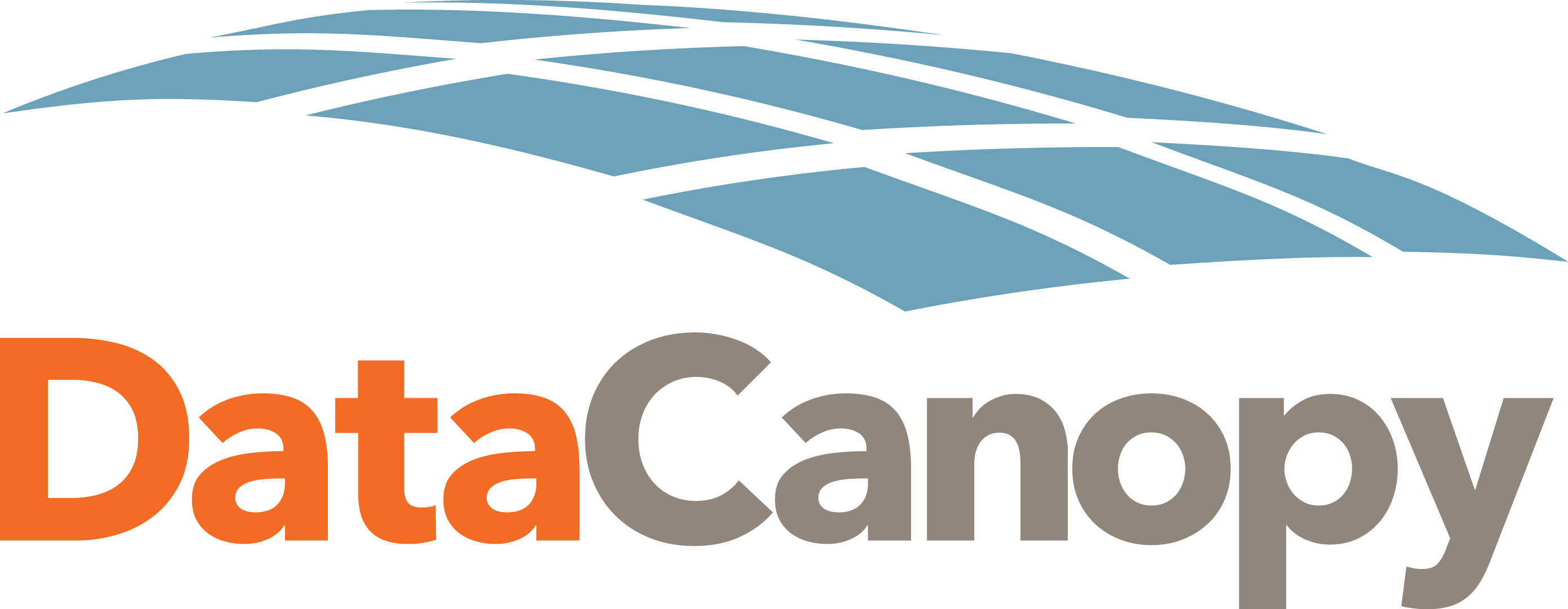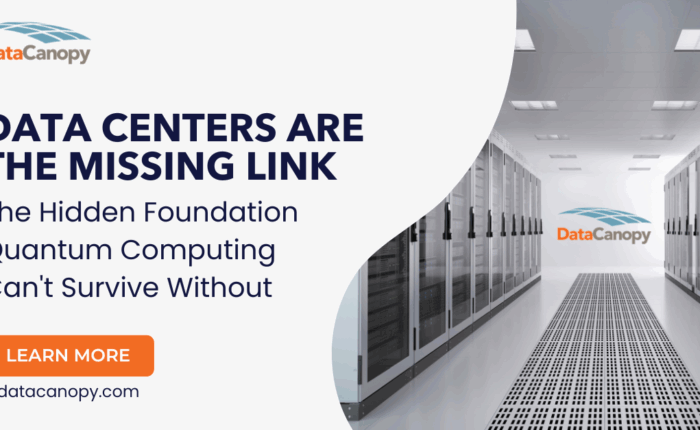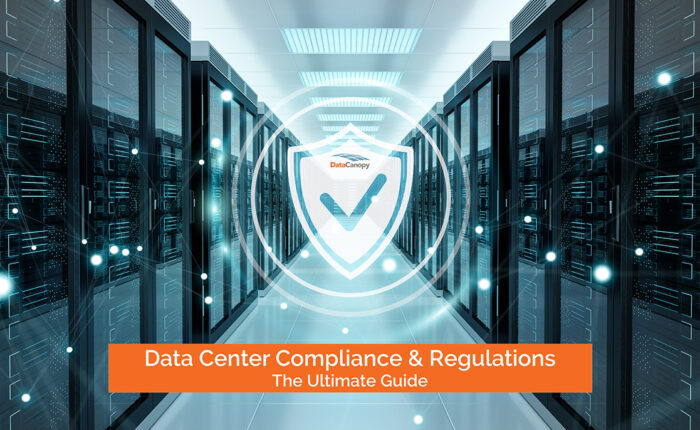It’s an interesting and transformative time for healthcare and other highly regulated industries. CIOs and other technical leaders in these organizations are recognizing the value of the cloud and ultimately, the security that can be achieved there. A recent article in TechTarget features CIOs from such esteemed healthcare institutions as University of Pittsburgh Medical Center, Dignity Health, and JFK Health System extolling the virtues of the cloud, the hybrid cloud in particular. UPMC for instance, opted to colocate their physical infrastructure rather than build a new data center to replace an aging facility. Storage though is moved into the cloud for UPMC and their doctors and patients access that data more easily, improving service and reducing cost. This trend is something we’re seeing with our prospects and clients as well.
Patient or client engagement is dependent upon reaching those people where they live. And they live on their smartphones. As reported in the TechTarget article and with what we’ve witnessed in our conversations, value-based care is driving the focus of healthcare providers to the patient outcome and that requires access to data by the provider and the patient. A secure cloud helps to reach patients where they are through apps, surveys, and other tools. Providers are recognizing this and stepping out of their on-premise data centers for the chance to deliver more.
Another thing that the article touches on, and is worth considering further, is the impact of big data processing requirements on these infrastructure choices. For healthcare, storage requirements for patient health information or genomics initiatives generate an overwhelming amount of data. If that data must be accessed, your storage and compute choices can seriously impact the IT budget line and your ability to perform. If you need compute power beyond what cloud storage can cost-effectively provide, partnering with a tier-three data center where cabinet density can reach north of 25kw, will enable you to process large amounts of data efficiently. This isn’t a surprise for most IT departments, but what is changing now is their openness to these transformative infrastructure options and the recognition of the impact they can have on storage, big data analytics, population health, patient engagement, and value-based care.



